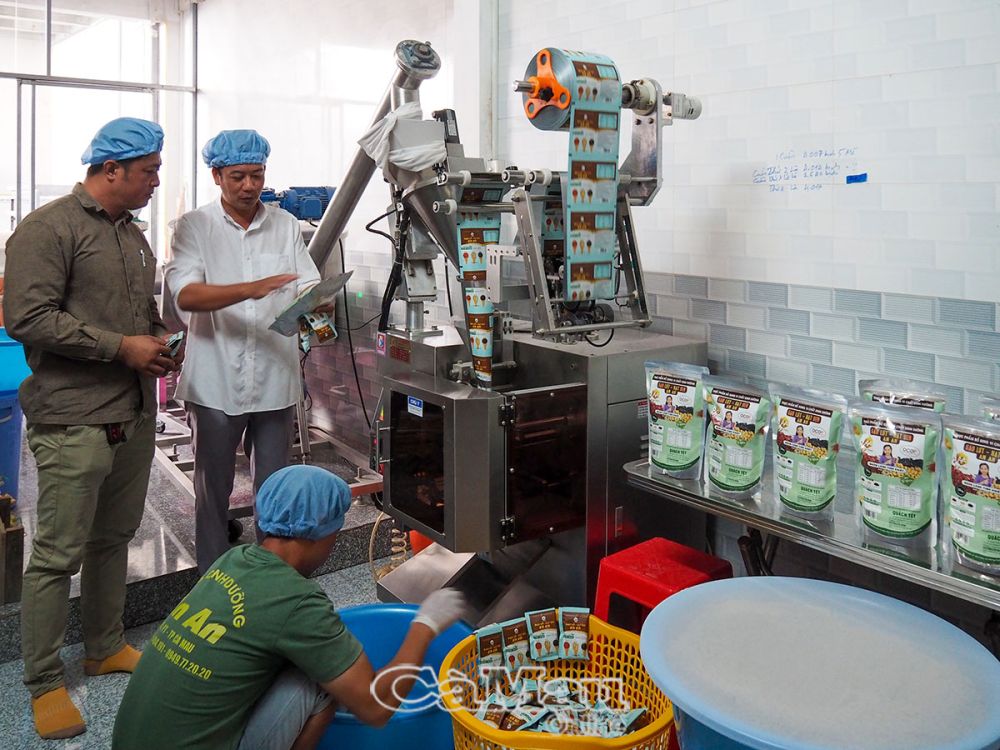
Ca Mau’s industrial promotion boosts rural industry growth
19:05 | 23/03/2025 20:10 | 04/11/2025Industry
As of 2022, Vietnam’s total rubber plantation area reached 929.5 thousand hectares, with an output of nearly 1.29 million tonnes. The Southeast region remains the country’s main rubber-growing area, accounting for nearly 60% of the national total. Vietnam is currently the world’s third-largest rubber exporter, commanding a 17.4% share of global rubber trade.
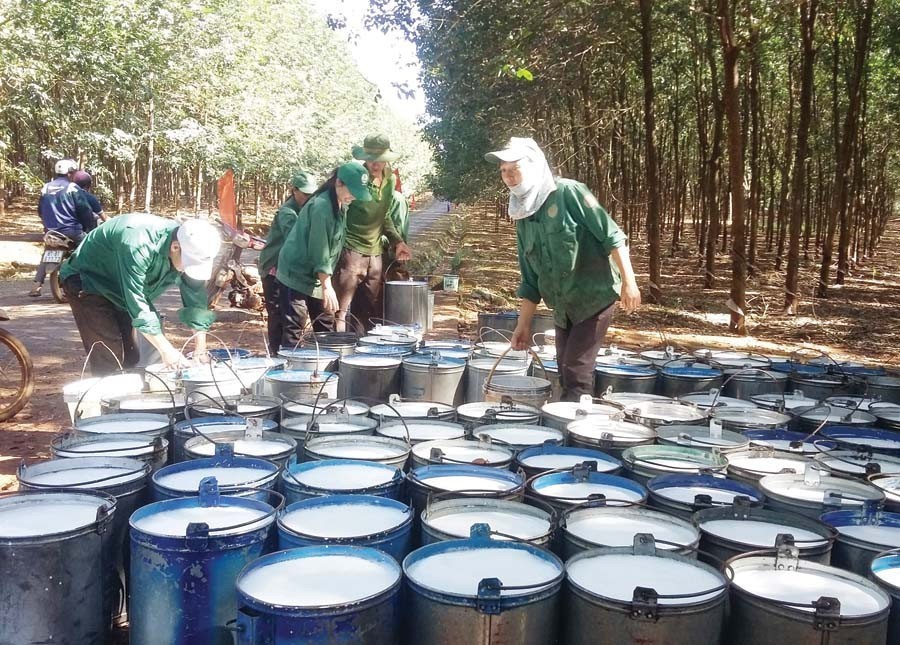 |
| While rubber prices remain high, Vietnam is increasing imports from South Korea and China to ensure production supply. |
However, in addition to its position as a major exporter, Vietnam also imports millions of tonnes of rubber annually to serve domestic needs—particularly industrial production, deep processing, and re-export activities.
According to statistics from the General Department of Customs under the Ministry of Finance, rubber imports in April reached 112,319 tonnes, worth USD 203.24 million—down 5.2% in volume and 7.5% in value compared to the previous month.
For the first four months of the year, Vietnam imported 539,966 tonnes of rubber, worth more than USD 945 million, marking a 7% increase in volume and a 29% rise in value year-on-year. The average import price rose to USD 1,751 per tonne, up 21%.
Cambodia remained Vietnam’s largest supplier, providing 190,967 tonnes worth over USD 275 million—down 3.5% in volume but up 27% in value year-on-year. The average price rose to USD 1,450 per tonne, a year-on-year increase of 11%.
Significantly, both China and South Korea have increased their rubber exports to Vietnam. China ranked second among suppliers, exporting 78,823 tonnes valued at more than USD 151 million—up 42% in volume and 46% in value compared to the same period last year. The average import price from China stood at USD 1,927 per tonne, rising 3% year-on-year.
Imports from South Korea also saw double-digit growth, increasing by 14% in volume and 16% in value, with 61,885 tonnes worth USD 105.88 million. South Korea now accounts for 11.5% of Vietnam’s total rubber import volume and 11.2% of the value.
Looking forward, the Vietnam Rubber Association forecasts that 2025 will be a year of stronger growth the rubber industry. Export turnover is expected to exceed USD 11 billion, growing by around 10% compared to 2024, driven by the optimal use of sustainable, eco-friendly, and recycled materials.
Domestic and international rubber prices in 2025 will depend significantly on the effectiveness of China’s economic policies. Recent stimulus measures—including direct investment packages targeting industrial infrastructure—have begun yielding positive outcomes.
Among Vietnam’s rubber export markets, China remains the largest consumer. In 2024, China imported rubber from Vietnam worth USD 2.4 billion, accounting for a striking 70.5% of the country’s total rubber export revenue.
| The global demand for natural rubber is projected to maintain a steady growth rate of 4–6% annually. The recovery of the automotive sector and tire manufacturing industry is providing significant momentum. Notably, countries such as Thailand and India—major tire producers in Asia—have reported strong export growth and are expected to continue expanding in 2025. |

19:05 | 23/03/2025 20:10 | 04/11/2025Industry
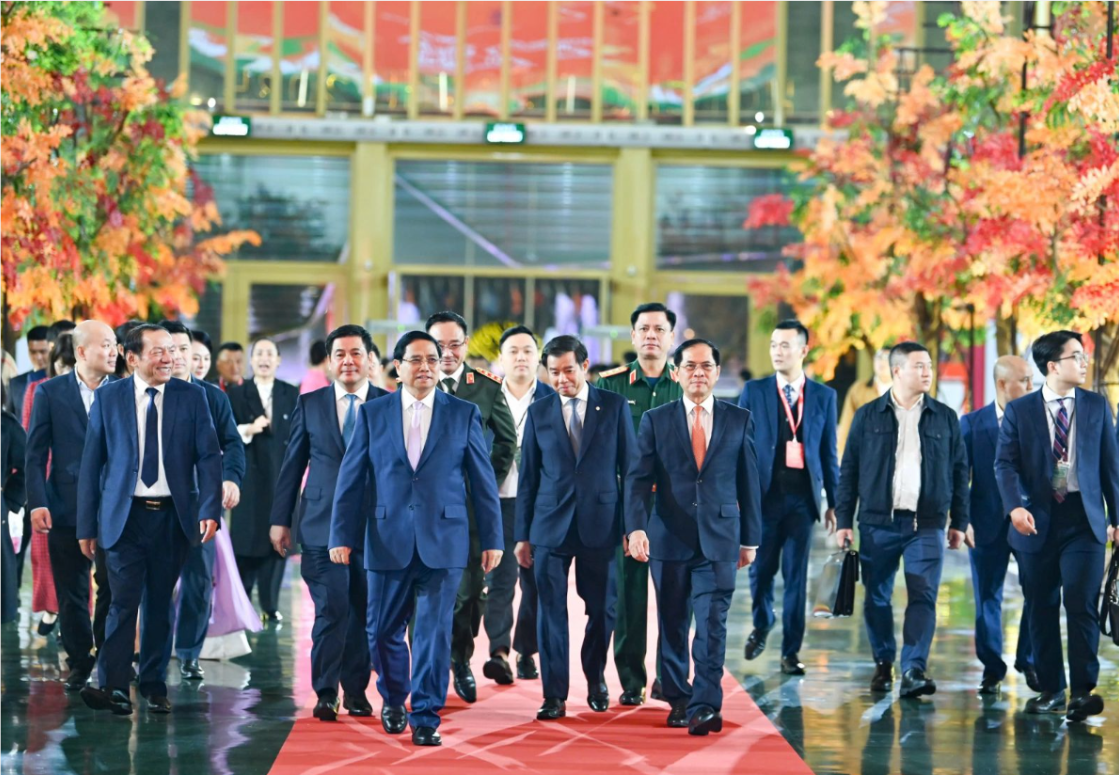
19:05 | 23/03/2025 20:09 | 04/11/2025Trade
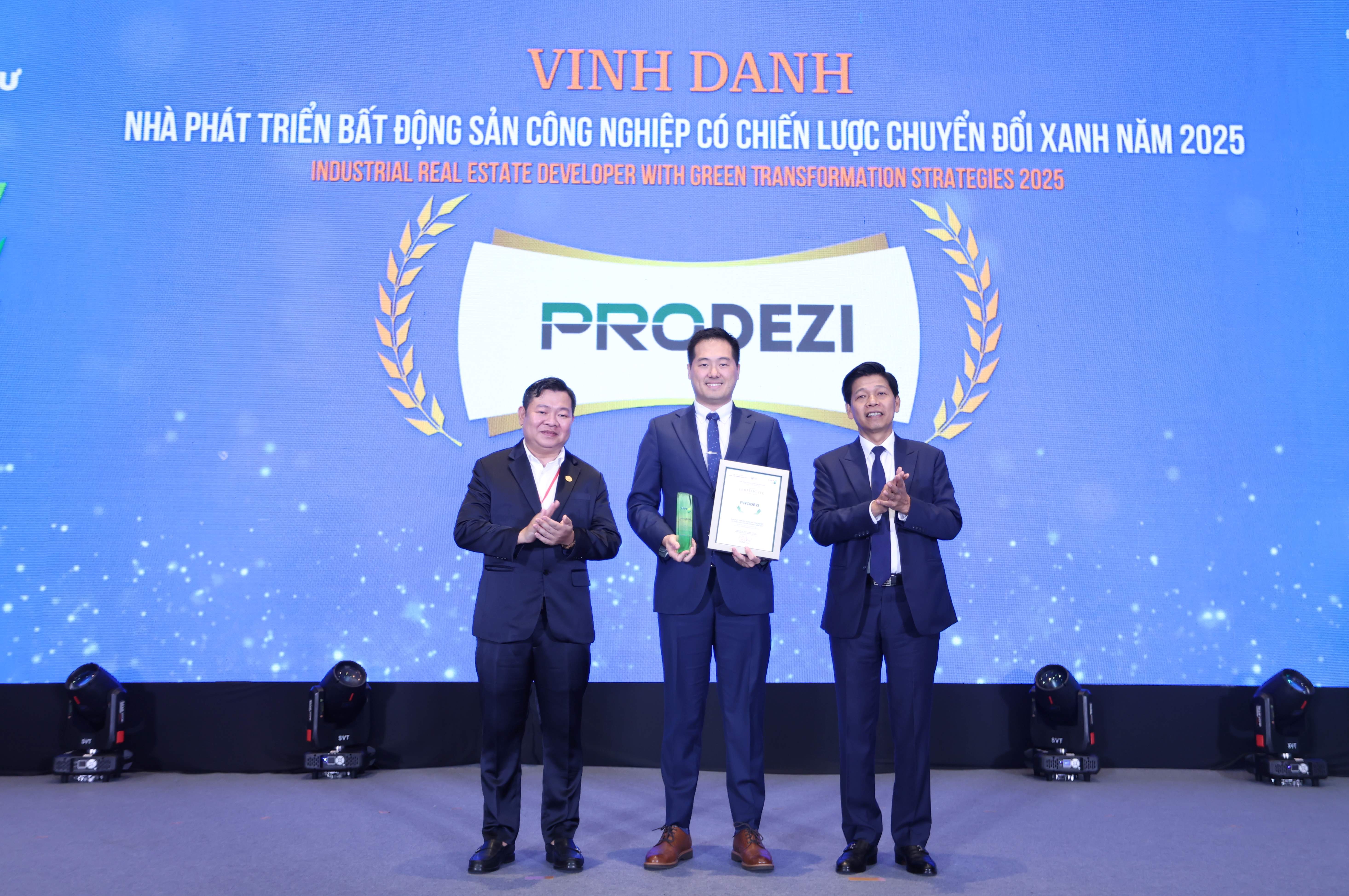
19:05 | 23/03/2025 20:06 | 04/11/2025News and Events

19:05 | 23/03/2025 11:43 | 04/11/2025Trade
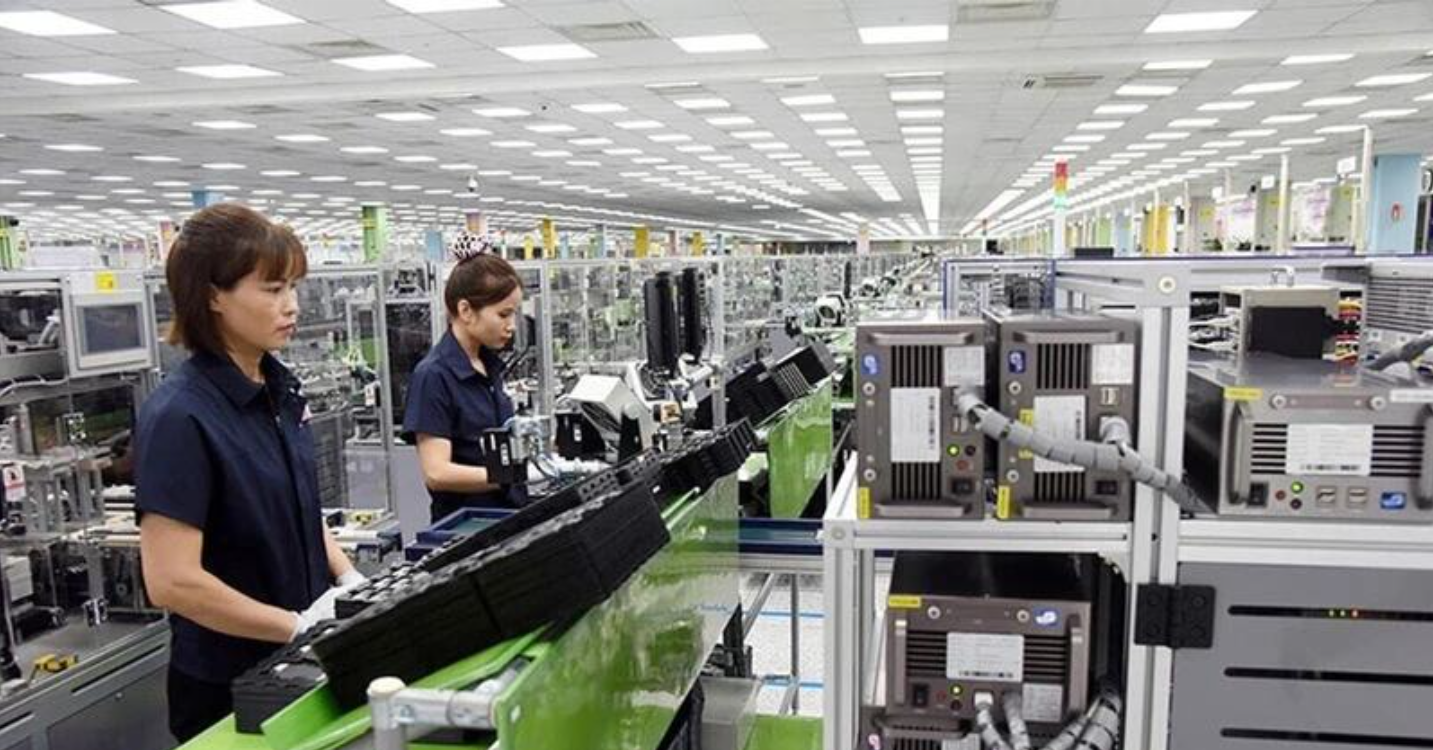
19:05 | 23/03/2025 11:39 | 04/11/2025Industry